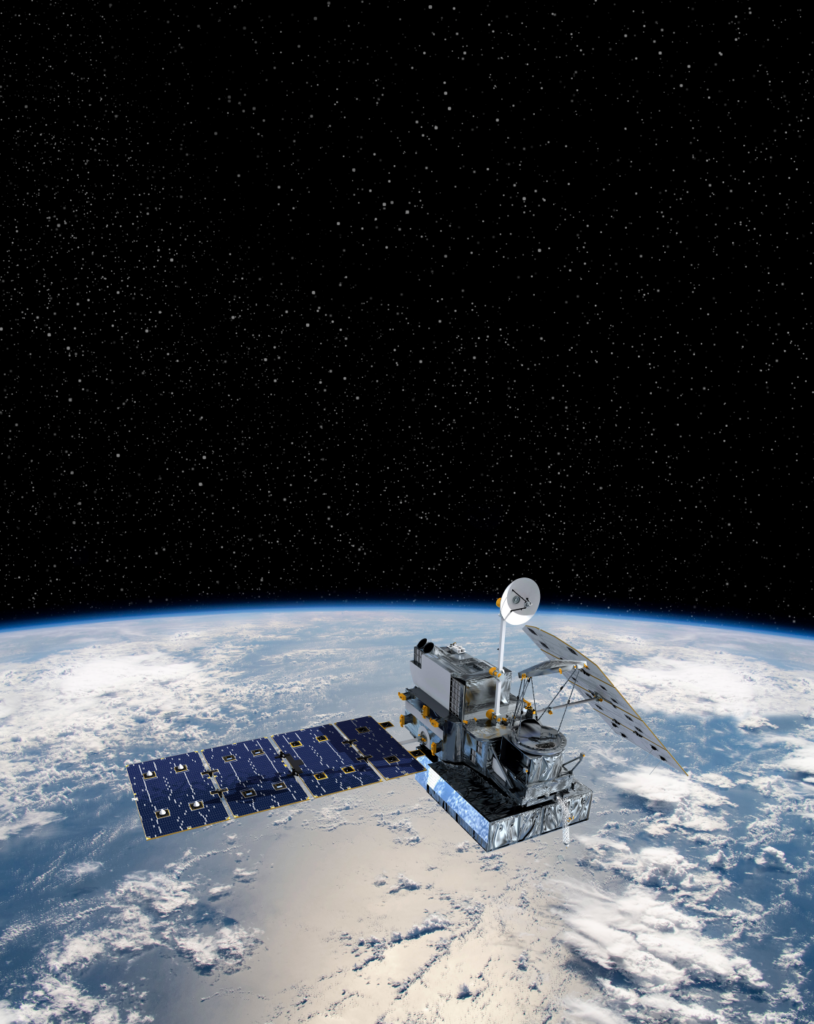Sustainable Development for the Next Frontier
2019 not only marks the 50th anniversary of the moon landings, but we’ll also see the first fleet of “space taxis” deployed.
Published December 1, 2018
By Jennifer L. Costley, PhD
Academy Contributor

Recently, Vice President Pence laid out an ambitious plan to establish a new military “Space Force” as soon as 2020. NASA has already outlined its plans to send humans to Mars in the 2030s. Private companies like Boeing, SpaceX and Sierra Nevada Corp., are investing heavily in commercial spacecraft. And Orion Span, Bigelow Aerospace, Virgin Galactic and Blue Origin are just a few of the players testing the space tourism waters as the ultimate vacation destination for those who have lots of disposable income and have already been everywhere on Earth, twice.
But what impact might increased human activity have on the fragile space eco-system? How will space travelers grow enough food to sustain a trip of months or years? Already some experts are sounding the alarm about the amount of “space debris” in orbit around the Earth. Who gets to own space and how will commercial and military use of space be governed?
2019 will mark yet another milestone for space travel. As we celebrate the 50th anniversary of the moon landings, the first fleet of private “space taxis” will be deployed. If all goes as planned, SpaceX’s Crew Dragon capsule and Boeing’s CST-100 Starliner are both scheduled to blast off on test flights with NASA astronauts on board.
A Tremendous Expansion in Scientific Knowledge
We have had nearly sixty years of space travel, and almost fifty years since the iconic “giant leap for mankind.” Human exploration of space has resulted in a tremendous expansion in scientific knowledge about our solar system, and orbiting satellites have provided critical knowledge about the Earth itself — continuously collecting data on global climate, environmental change and natural hazards.
But the scientific benefits of space exploration are only the tip of the iceberg. Our activity in space has improved nearly every aspect of quality of life on Earth. Early satellites contributed critical knowledge and capabilities for communication and global positioning. The challenges of energy efficiency for space exploration drove the development of solar cells, batteries and fuel cells. The precision and reliability required of robots for space have advanced robotic capabilities on Earth, such as a robotic glove developed as a grasp assist device, first for astronauts and then factory workers.
The International Space Exploration Coordination Group recently published an overview of the benefits stemming from space exploration, listing the following technological innovations: implantable heart monitors, light-based anti-cancer therapy, cordless tools, light-weight high temperature alloys for jet engines, cell phone cameras, compact water purification systems, global search-and-rescue systems and biomedical technologies.
An Exciting New Phase of Space Exploration
We are poised on the edge of an exciting new phase of space exploration — what Bloomberg Businessweek recently called “The New Space Age.” This new phase is characterized not only by a new mission — Mars and beyond — but by a new focus on sustainability. With years in an enclosed environment and on a planet without oxygen, a long-haul space mission will not get replenishments of food, water, equipment, clothing or anything else.
As astronaut Cady Coleman put it, “Sustainability, for someone like myself planning to go to Mars, is a closed loop system, not being able to go home or bring supplies. The things we need to think about are exactly the things we need to think about for a sustainable Earth.”
Sustainable space exploration promises to be an essential driver for exciting and dynamic discoveries. The possibilities of providing solutions to some of our most urgent problems, creating ecosystems of innovation, fueling job creation, and inspiring new generations of young people toward careers in science, engineering and technology are limitless.
And by overcoming the challenges of sustainable space travel, we have an opportunity to realize a whole new set of benefits for the 7.5 billion people here on Earth.
